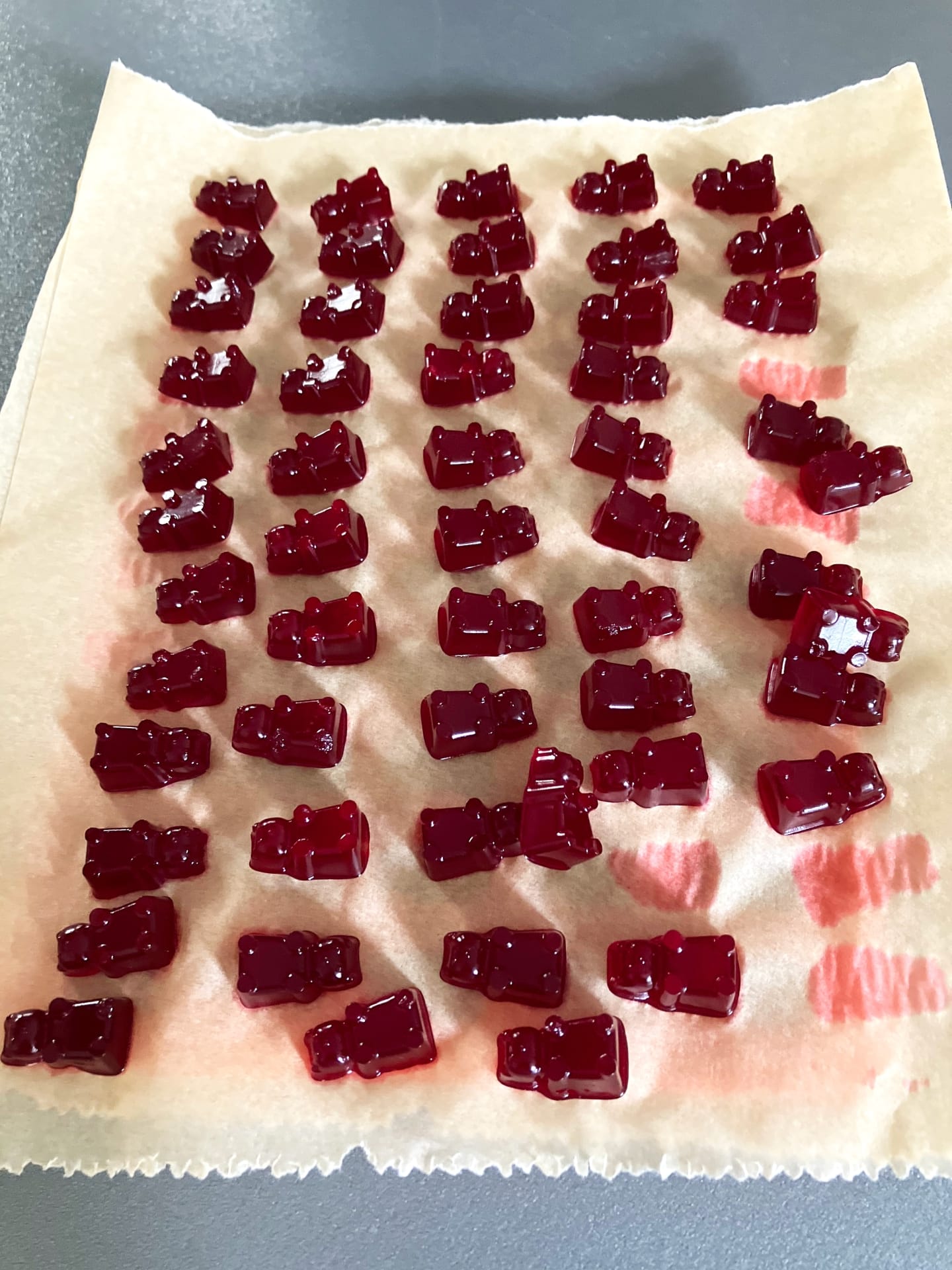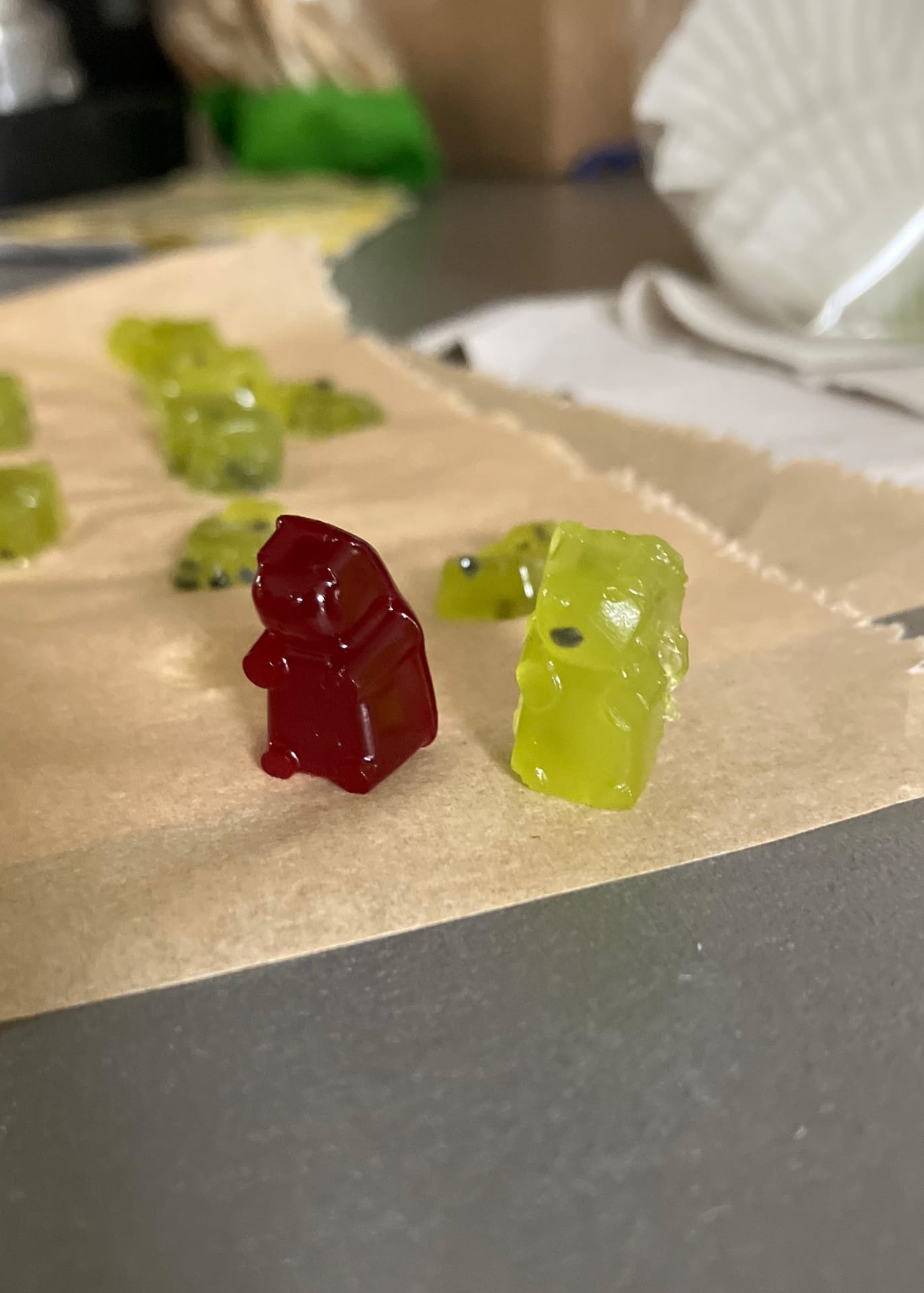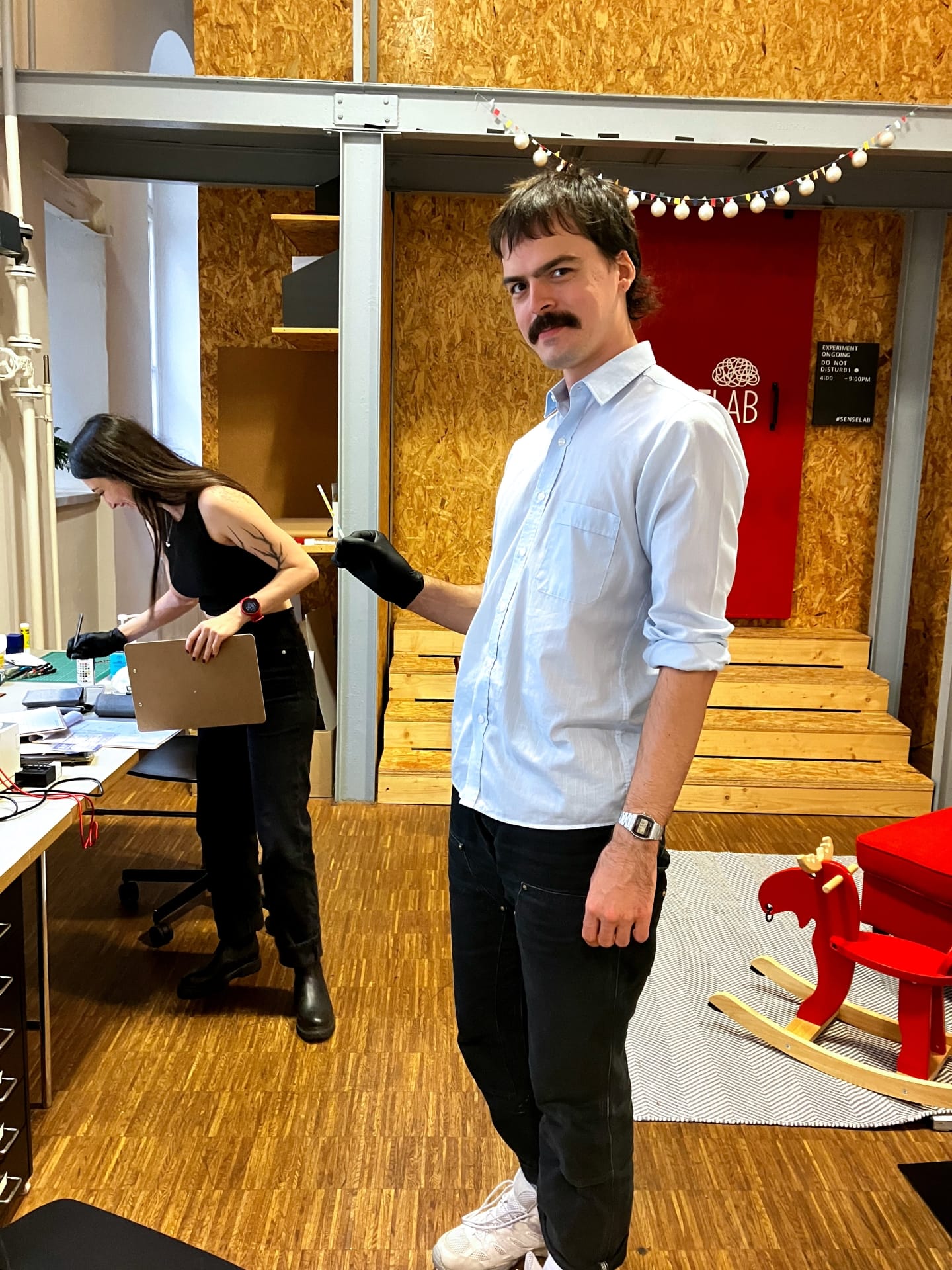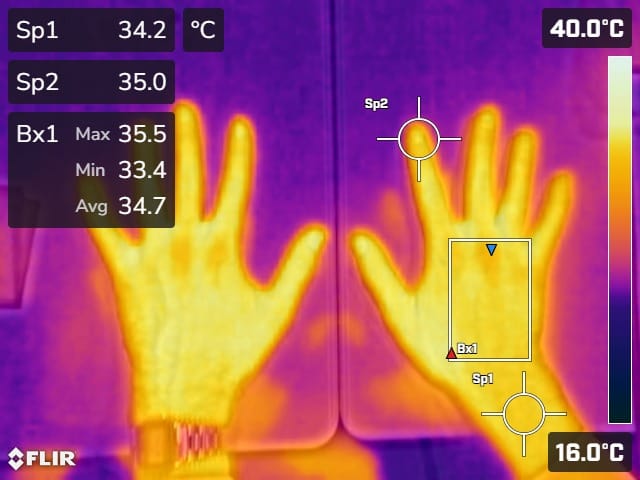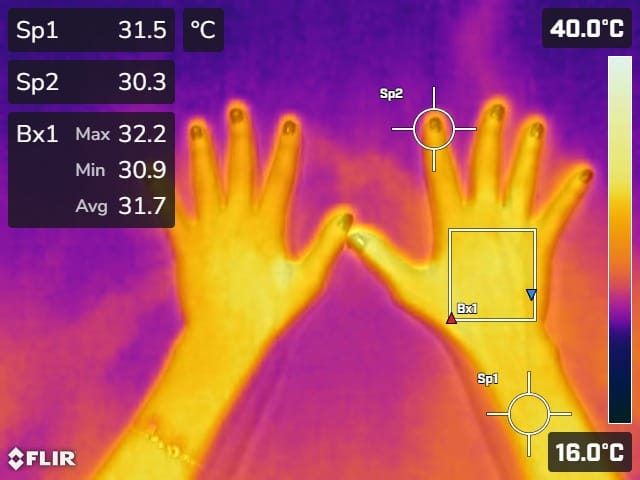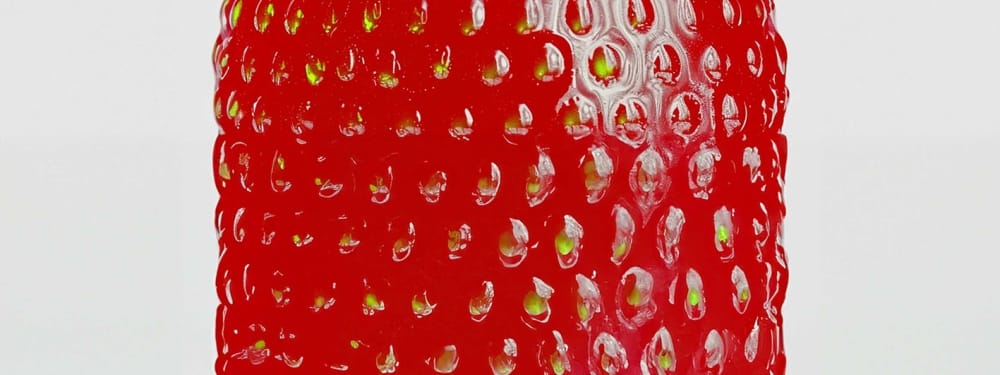Hot take – less sweating thanks to Sweets
The summer was hot – once again. And yes, it was unfortunately also the hottest summer since weather records began, at least according to the Coperincus Climate Change Service of the European Union. In Europe, the average summer temperature was even 1.54 degrees above the corresponding comparative value for the years 1991 to 2020. The Paris Agreement target has therefore officially been missed. If you still want to deny climate change, we recommend wearing an aluminum hat at this point. For everyone else: fight and/or adapt. We looked at the latter in the latest Food Lab experiment.

The idea – a quick snack that trains the body
If you compare food cultures and temperatures in different countries, one thing in particular stands out: in hot regions, such as South East Asia or Central America, people like to eat spicy food – especially through the use of chili peppers. What initially seems counterproductive has a useful effect. Chillies contain the pungent molecule capasaicinto which heat receptors in the mouth react. The receptors do not signal “hot” to the brain, but “hot”. And we start to sweat. Sweat cools the body down, making it better able to tolerate “real” heat. However, this does not apply to all spicy foods – spicy mustard, for example, does not have the same effect.
If you can’t stand chili heat, you can also use another ingredient: Menthol. Just as with capasaicin, the receptor is also tricked here. The TRPM8 ion channel activates the nerve cells that are responsible for registering temperature changes in the mouth – and sends the message “cold” in the case of menthol. So much for the theory.
The product – gummy bears with capasaicin and menthol
Together with Bilge Kobas, PhD candidate at the TUM Chair of Climate-Resilient Building and founder of the TUM Sense Labour Food Lab team worked on the realization of a bite-sized product that quickly turns the miracle effect of capasaicin and menthol into reality: the Heat Beat Bears.
Functional gummy bears are very popular in the USA and have long since found their way into local markets. However, our hot bears had to meet special requirements – they had to be functional, natural and above all DELICIOUS. Food-Lab chef Can mixed mint, coconut water and basil seeds for the “Mighty Menthol” variety and beetroot juice, orange juice and chili powder for “Chilly Chili”.

The result is impressive. The green “Mighty Menthol” bears taste refreshingly fruity and have a pleasant cooling effect.
The red chillies offer an incomparable mix of vegetables, fruit and heat. While the taste was already convincing, the big question now arose: could daily consumption of the red bears with the active ingredient capasaicin make our bodies more resistant to heat in the long term?
The experiment – 4 gummies a day take the heat away?
This is where Bilge and the TUM Sense Lab come into play. The Sense Lab is a multidisciplinary project in which engineers, architects and researchers from the medical field work together to investigate the relationship between (indoor) climate and human comfort. Various measurement methods are used to measure parameters such as core body temperature, blood pressure or skin temperature. In order to compare scenarios with each other, the test subjects are exposed to certain temperatures in a controlled manner in a kind of “climate chamber”. An ideal setting to test our gummy bears on volunteer guinea pigs. 13 test subjects volunteered to eat a portion of Heat Beat Bears every day for 2 weeks. The majority ate the red bears with capsaicin, 2 participants ate the green bears (which were not supposed to show any long-term effect) as a positive control. The result is at the end of the article…:)
The packaging – Portable Bearcase and refill pack
First of all, the bears needed one for the Innovation Lab packaging concept, which of course had to meet our requirements for product protection and sustainability. The result is a refillable aluminum packaging based on a pillbox with 7 individual elements for portioning. It has a fastening ring and is branded with a simple paper label that can be detached and disposed of after the initial purchase. This makes the “Portable Bearcase” your daily companion. To save material and ensure sufficient replenishment, the durable tin is refilled using a 400g mono plastic stand-up pouch.
The result – were the bears able to achieve an effect?
For 2 weeks, our test subjects had to eat bears and sweat. What’s more, our test took place during the hottest time of the year, at the end of August. Our expectations of the effect were not particularly high due to the small amount we were able to administer.
However, the result is surprising: in all physiological measurements – blood pressure, heart rate, skin temperature and thermal well-being – the red cohort consistently showed better adaptation to the heat stress test after the two-week treatment. The results indicate that the participants in the red group showed more stable physiological responses, better heat dissipation and a greater sense of well-being (according to self-assessment). The green group did not show the same level of adaptation as the red group.
However, it should be noted that the sample size and number of participants in the pilot study was too small to achieve truly meaningful results. To really “prove” that our Heat Beat Bears work, further studies with different dosages and larger samples are necessary.
But we are definitely on a hot track and will report on how things are going with the bears…the white paper with the data on the first study is available here.
